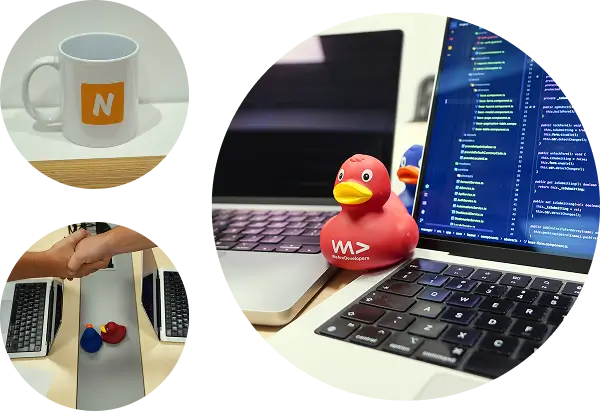What is an MVP and how does a software house help create it?
An MVP (Minimum Viable Product) is the minimal version of a product that includes only the most essential features—enough to validate a business idea, gather user feedback, and determine whether the product has market potential. This approach saves time and money by avoiding investment in a full product before confirming its value.
At Nugosoft, we guide clients through the entire MVP creation process step by step. We start with conceptual workshops to define the project goal, target audience, and the key functionalities that are truly necessary. Based on this, we develop a product roadmap and design a simple yet functional version of the application.
Next, we prepare a prototype or demo version that allows the client to see how the application will work in practice. After approval, we move on to MVP development—which usually takes a few weeks to several months, depending on project complexity.
After launching the MVP, we support the client in gathering user feedback and analyzing results. This allows for a quick assessment of which features work in practice and which may need adjustment.
The greatest advantage of an MVP is minimizing investment risk. Instead of spending large amounts on a complete product, we build only what is necessary to validate the idea. If the concept proves successful, we continue developing the application; if not, adjustments can be made or the project direction can be changed.
This approach is how many well-known companies—such as Airbnb, Dropbox, and Uber—started with simple MVPs that eventually evolved into fully-featured platforms.
-
Yes, an MVP (Minimum Viable Product) is a basic version of the app that allows you to test the idea with minimal investment. This helps validate the product concept before developing the full version.
-
We use data encryption, secure communication protocols, authentication, and authorization. Regular penetration testing and adherence to industry security standards ensure safety.
-
We conduct automated and manual testing, including unit, integration, UI, and performance tests. This ensures high quality and identifies issues before deployment.
